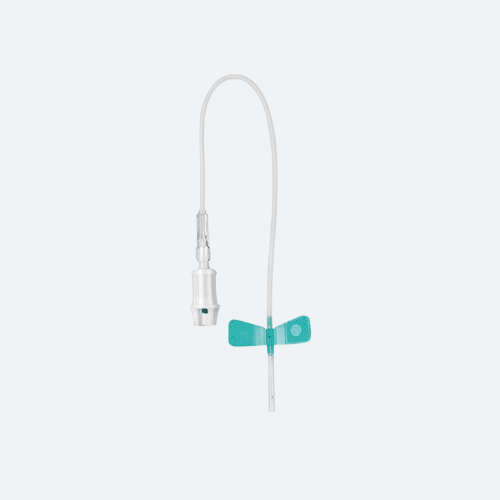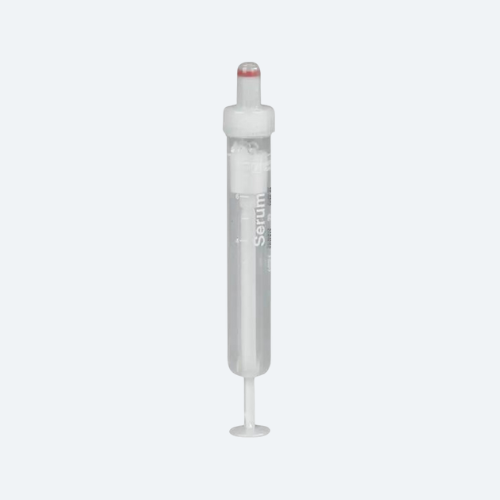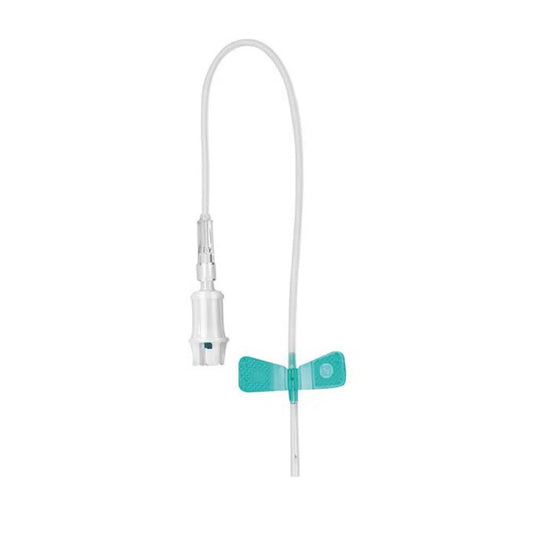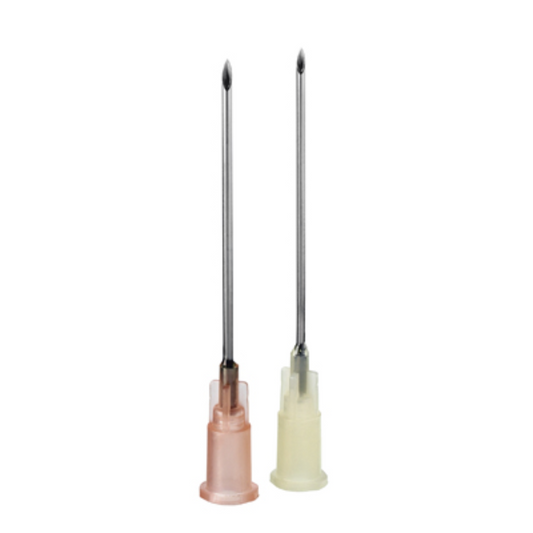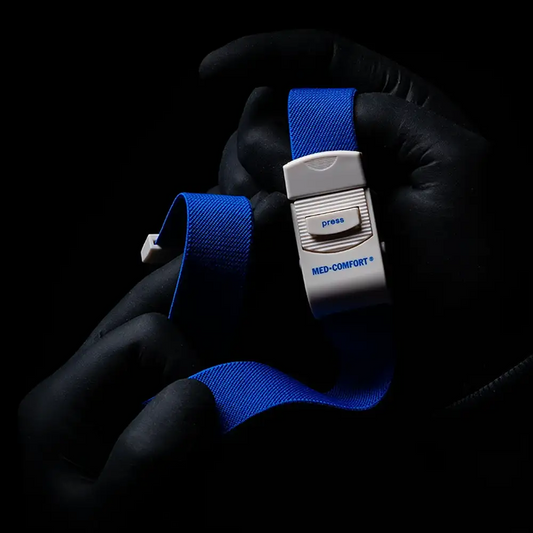Blood sampling
Buy Blood sampling easily online - Altruan.de
Blood sampling is one of the most common medical procedures performed in doctors' offices, clinics, and laboratories. It is an essential part of diagnostics and disease prevention. By analyzing the collected blood, important information about a patient's health status can be obtained, such as blood count, blood sugar levels, or markers for infections and other diseases.
When is a blood sample necessary?
A blood sample is necessary in various medical situations:
- Diagnostic purposes: For determining and monitoring diseases such as anemia, diabetes, infections, thyroid diseases, and many others.
- Routine examinations: As part of preventive check-ups, to identify and treat health problems early.
- Monitoring medication levels: To monitor the effect and dosage of certain medications, especially in chronic diseases.
- Preoperative examinations: Before surgeries, to assess the patient's general health and minimize risks.
Procedure of blood sampling
Blood sampling is a standardized procedure that ensures that a sufficient amount of blood is collected for the necessary tests while minimizing the risk of complications. Here is the exact procedure of a typical blood sample:
- Preparation of the patient: The patient is asked to bare their arm and get into a comfortable position. The arm is extended to facilitate access to the vein.
- Application of the tourniquet: A tourniquet is applied about 10-15 cm above the puncture site on the upper arm to slow blood flow and make the vein more prominent. This facilitates the puncture.
- Disinfection of the puncture site: The skin at the puncture site is thoroughly wiped with an alcoholic disinfectant to minimize the risk of infection.
- Performing the puncture: A blood collection needle is carefully inserted into the vein. The choice of needle depends on the amount of blood needed and the thickness of the vein. The cannula is often connected to a special adapter that allows the use of various blood collection systems such as Monovetten or vacuum tubes.
- Blood collection with Monovetten or vacuum tubes: Once the needle is correctly placed in the vein, the appropriate tube (e.g., a Monovette) is attached to the adapter. The Monovette functions similarly to a syringe: by pulling out the plunger, the blood is drawn into the tube. Alternatively, vacuum tubes can be used, where the blood flows automatically into the tube due to the generated vacuum.
- Releasing the tourniquet: Once enough blood has been collected, the tourniquet is released to restore normal blood flow.
- Removal of the cannula and aftercare: The cannula is carefully removed and the puncture site is covered with a sterile swab or bandage . The patient is asked to apply pressure to the site for a few minutes to prevent bleeding.
- Sample labeling and shipping: The collected blood samples are carefully labeled and sent to the laboratory for analysis.
Necessary instruments for blood collection
Blood collection requires special instruments that ensure both the patient's safety and the quality of the collected sample:
- Tourniquet: A rubber band or blood pressure cuff that temporarily slows blood flow to make the vein stand out and facilitate puncture.
- Blood collection cannulas: Sterile needles available in various sizes to be used depending on the thickness of the vein and the desired amount of blood.
- Monovetten: Special blood collection systems that function like syringes, safely and controlledly collecting the blood. They are available in various sizes and with different additives necessary for different tests.
- Vacuum tubes: These tubes are equipped with a vacuum that automatically draws in the blood once the cannula is inserted into the vein and the tube is attached. They are also available in different variants, depending on the type of sample needed (e.g., serum, plasma).
- Disinfectants and sterile swabs: For cleaning the puncture site and caring for the puncture site after the extraction.
- Bandage or Dressing: For covering the puncture site after blood collection to prevent infections and stop bleeding.
Blood collection is a fundamental and important procedure in medicine that serves to diagnose and monitor numerous health conditions. The use of specialized instruments such as tourniquets, blood collection needles, and monovettes ensures that the procedure is performed safely and effectively. Understanding the various steps and required instruments helps to better understand the process of blood collection and appreciate how crucial this simple procedure is for health care.
Common questions & answers
Here you will find the most frequently asked questions and our answers about the products Blood sampling.













